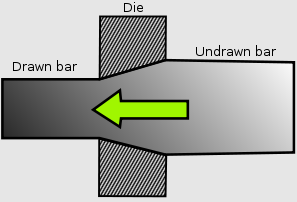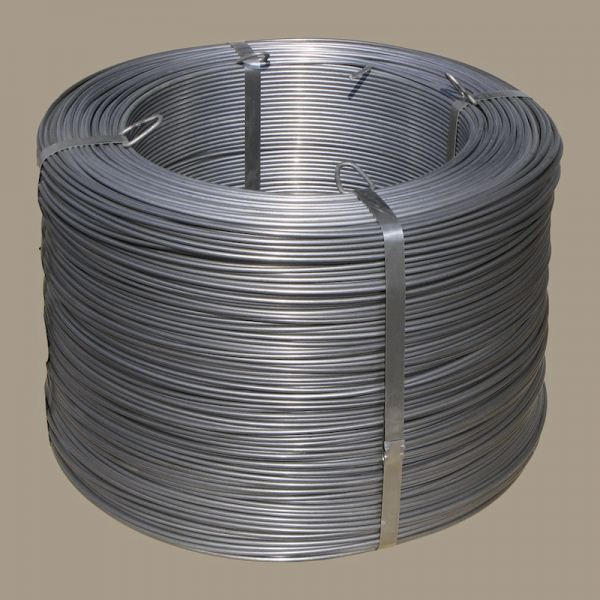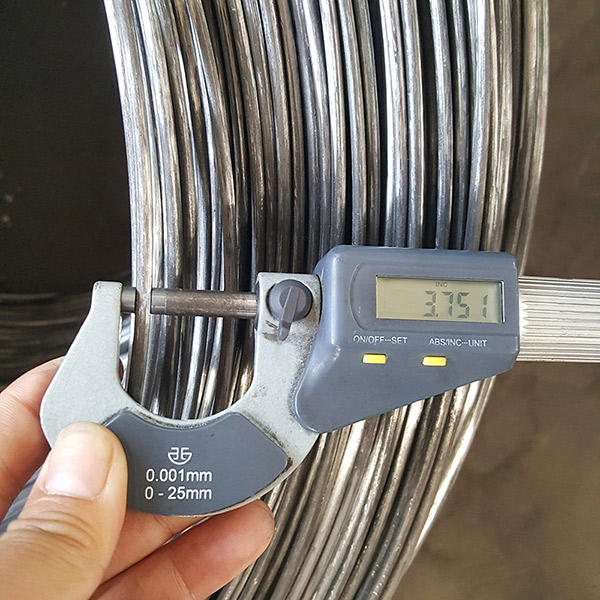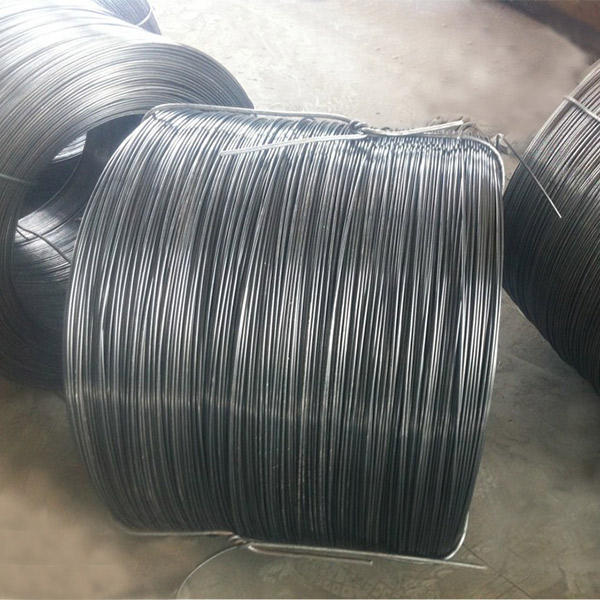PRODUKTEINFÜHRUNG
Stab aus kaltgezogenem Stahl
Cold drawn steel can be found in many consumer products that we use on a daily basis, as it has the physical and appealing characteristics that make it useful for many products. We’ve answered some common questions asked when it comes to cold drawn steel, also known as cold finished steel.
Was ist kaltgezogener Stahl?
Gezogener Stahl durchläuft eine Reihe von Matrizen, um die gewünschte Form zu erreichen. Dies wird als gezogener Stahl bezeichnet. Mit Hilfe einer Maschinenpresse üben Matrizen einen bestimmten Druck aus, und das Ausgangsstahlmaterial muss in der Regel mehr als einmal durch die Matrize oder eine Reihe von Matrizen geführt werden. Kalt bezieht sich auf die Herstellung des gezogenen Stahls bei Raumtemperatur, was zusätzlichen Druck zum Formen des Stahls erfordert, dem Stahl jedoch zusätzliche Qualitäten und ein optisch ästhetisches Aussehen verleiht.

What’s the Cold Drawn Steel Process?
Initially, a steel manufacturer starts with a starting stock of steel product – either hot rolled straight bars or hot rolled steel coils - that is brought down to room temperature. Regardless if the end product is bar, tube or wire, the undrawn steel product is drawn through a die, which stretches the starting stock into the desired shape and size. This is done with the help of a grip that attaches to the steel stock and pulls the steel through the die. To the naked eye, the steel does not change much in shape through a single pass through the die, and usually takes multiple passes before it takes on the desired end shape.
Dies sind die Vorteile von kaltgezogenem Stahldraht
· More accurate dimensional size tolerances.
· Increased Mechanical Properties, higher yield strengths, tensile strength and hardness.
· Improved Surface Finish, reduces surface machining and improves quality.
· Allows for higher machining feed rates.
· Superior Formability, responds better to spheroidization
· Maximizes machinability, thereby reducing yield loss.








